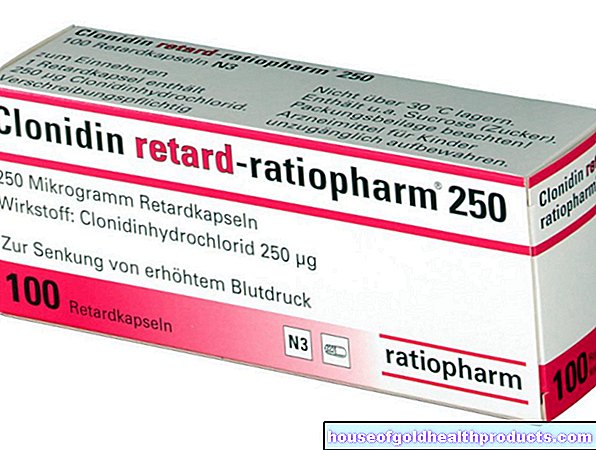Coated tongue
and Sabine Schrör, medical journalistHanna Rutkowski is a freelance writer for the medical team.
More about the expertsSabine Schrör is a freelance writer for the medical team. She studied business administration and public relations in Cologne. As a freelance editor, she has been at home in a wide variety of industries for more than 15 years. Health is one of her favorite subjects.
More about the experts All content is checked by medical journalists.A coated tongue is usually harmless. The coating arises because food residues, cells or bacteria are deposited on the back of the tongue. This natural coating on the tongue disappears when you chew solid food or brush your teeth. However, if the tongue is permanently covered, this can indicate a disease. Read here what causes a coated tongue and how you can prevent and treat tongue coating.

Brief overview
- Forms: white, yellow, red, brown or black coating on the tongue
- Causes: various, e.g. poor oral hygiene, periodontal disease, cold and fever, oral thrush, various digestive disorders and diseases, kidney weakness, anemia due to iron deficiency, scarlet fever, typhoid, tongue inflammation, Sjögren's syndrome, Bowen's disease (precancerous stage), drugs, metals, poisons, Tobacco, coffee, mouthwash
- Examinations: Initial consultation (anamnesis), examinations of the tongue, oral mucosa, teeth and gums, smear with laboratory examination, possibly blood test, gastroscopy, X-ray, magnetic resonance imaging (MRI or magnetic resonance imaging).
- Treatment: depending on the cause, e.g. with medication (antifungal agents, antibiotics, etc.), special tongue hygiene with tongue cleaner, tablespoon or toothbrush, disinfection
Coated tongue: causes and forms

The surface of the tongue consists of mucous membrane which is covered by various types of papillae. Dead cell parts, food residues and bacteria keep clinging to this rough surface. They form a natural, fine coating on the tongue that disappears when you chew solid food or brush your teeth.
However, if the tongue coating persists, this can either be due to inadequate oral hygiene or a disease. The color of the tongue coating often gives an indication of what is behind it.
White coating on the tongue: causes
In the case of a white-coated tongue, the coating typically consists of dead cells, microorganisms and food residues that settle on the rough surface of the tongue.
The white coating can also be more pronounced in the following diseases:
- Cold and fever
- Oral thrush: When infected with the Candida albicans fungus, white deposits appear throughout the mouth, but these can be easily removed. A slightly bleeding, reddened mucous membrane appears underneath.
- Digestive disorders: Inflammation of the stomach lining (gastritis) and other diseases of the digestive organs (e.g. the pancreas) can also be the reason for whitish coating on the tongue.
- Leukoplakia: Whitish, solid coatings on the base of the tongue or the edge of the tongue indicate leukoplakia. The mucous membrane produces more horn cells, which can be a precursor of cancer. Normally, the plaque does not only show up on the tongue, but also on other mucous membranes.
- Bowen's disease: Also a precancerous disease. Typical for this are reddish discolored mucous membranes, including those of the tongue.
- Lichen planus: This skin disease affects the oral mucosa, among other things. However, it hardly ever shows up on the surface of the tongue. Only the underside of the tongue and the inside of the cheeks are covered with white coatings.
- Iron deficiency anemia: the tongue looks noticeably pale.
- Typhoid: The typhoid tongue is gray-white in the middle. The affected areas are marked out in red from their surroundings.
Yellowish coating on the tongue: causes
Yellow coating on the tongue can indicate diseases of the digestive organs. Jaundice (jaundice) and biliary diseases in particular can cause a yellowish coated tongue.
Red coating on the tongue: causes
A healthy tongue is slightly pink in color. In some infectious diseases, however, the tongue is reddened, for example:
- Scarlet fever: This strep infection is associated with fever, chills, sore throat, and a characteristic rash. The tongue is initially white, later it turns red with clearly enlarged papillae - one then speaks of a "raspberry tongue".
- Vitamin B12 deficiency: This deficiency can lead to pernicious anemia. This anemia manifests itself, among other things, by a smooth, red, inflamed tongue and burning tongue (Hunter glossitis).
- Inflammation of the tongue (glossitis): The tongue can become inflamed as a result of bacterial or viral infections, an unbalanced diet, systemic diseases and regular alcohol or nicotine consumption. A sign of this is a reddish coating on the tongue.
- Sjogren's Syndrome: This autoimmune disease destroys the salivary glands. A dry mouth and a shiny red "lacquer tongue" are typical symptoms. Women are particularly affected.
- Kawaski syndrome: Similar to scarlet fever, this disease manifests itself through a fever and a red raspberry tongue.
Brown coating on the tongue: causes
A brown coating on the tongue can occur, for example, in:
- taking certain medications
- Kidney weakness (According to traditional Chinese medicine, a swollen, brown-coated tongue can indicate kidney weakness)
- frequent, intensive use of mouthwash containing chlorhexidine
Black tongue coating: causes
Common causes of a gray-black discolored tongue are:
- Regular consumption of tobacco, mouthwash, coffee and certain coloring foods
- Increased growth of special papillae of the tongue: The enlarged papillae look like the tongue is covered by fine hair. The tongue can then turn brown to black due to the influence of food (black hairy tongue = lingua villosa nigra). The phenomenon is harmless. Men are more often affected than women.
Other causes of tongue coating
There are many other factors that can cause the tongue to be coated in different thicknesses and colors, for example:
- Periodontal disease
- syphilis
- diphtheria
- immunodeficiency
- Poisons / metals
Tongue abnormalities
Harmless deviations in the shape and texture of the tongue can also promote tongue coating, including:
- Lingua geographica (map tongue): Here the tongue temporarily loses certain papillae. This creates whitish and reddish areas on the surface of the tongue that resemble a map.
- Lingua plicata (folded tongue): Some people have - hereditary - strong folds in the tongue. These offer bacteria an ideal shelter. The result is an increased coating of the tongue.
- Glossitis mediana rhombica: Part of the middle and posterior surface of the tongue is not covered by papillae. There is often white or reddish coating on the tongue. .
Special case of burning tongue
Significantly more women than men struggle with burning mouth syndrome. The tip of the tongue and the lower edge of the tongue are particularly affected, and sometimes the entire mouth. The mucous membrane itself, however, is mostly unchanged. Burning tongue can occur daily or only occasionally. It usually gets stronger in the evening. You can find out more about this symptom in the post Tongue Burning.
Coated tongue: diagnosis
A coated tongue is not only associated with a furry feeling, but it also often leads to bad breath. This is uncomfortable, but not a reason to see a doctor. You should only consult a doctor (family doctor or dentist) if additional symptoms such as burning tongue, fever or a general feeling of illness occur, or if the coating on the tongue changes significantly.
The doctor will first ask about your medical history in the initial consultation (anamnesis). For example, he can have your symptoms described in detail, asks how long these have existed and whether you are known to have any underlying diseases.
The conversation is followed by physical examinations to identify possible underlying diseases. The doctor will thoroughly examine the coated tongue, the oral mucosa and the teeth. Your dentist should rule out gum disease and dental problems.
Usually, a swab is taken from the lining of the tongue and examined in the laboratory for possible infections with bacteria, viruses or the fungus Candida albicans.
Sometimes more research is needed to determine the cause of the coated tongues. These include, for example, a blood sample, a gastroscopy or imaging procedures such as X-rays or magnetic resonance imaging (MRI).
Coated tongue: treatment
Treatment for a coated tongue depends on its cause. For example, infections with fungi, bacteria or viruses can often be treated well with special drugs - antifungal agents (antimycotics), antibiotics or antivirals.
If tooth or gum problems are responsible for the plaque on the tongue, the dentist should take care of the treatment.
What you can do yourself!
You can do a lot yourself against harmless coating on the tongue without a serious cause. Special tongue hygiene is particularly important. Because the rough surface of the tongue is an ideal breeding ground for bacteria, fungi and viruses. When brushing your teeth, you should not only take care of your teeth, but also your tongue. Suitable tools are, for example:
- Tongue cleaner with brush and scraper side. Wipe the brush several times over the tongue to loosen up the topping. Then remove it with the scraper. Rinse your mouth thoroughly with water or a mouthwash.
- Tablespoon or toothbrush: If you don't have a tongue cleaner on hand, you can make do with a tablespoon. Brush the edge of the hollow side over the back of the tongue several times. This is how you can remove the deposits. If necessary, you can also use the toothbrush for this. Afterwards, however, you should wash them out very thoroughly.
- Disinfection: Using disinfecting mouthwash after brushing your teeth will reduce the number of germs in your mouth. You can buy such mouthwash ready-made or, for example, make it yourself from sage, myrrh and thyme. However, the active ingredients of plants can discolour the tongue brownish.
In addition to tongue care, chewing helps against tongue deposits: Consume as much solid food as possible (for example raw vegetables), because chewing hard crusts and crunchy vegetables removes the deposits by itself - the most natural way to avoid a coated tongue.
Tags: parasites fitness laboratory values
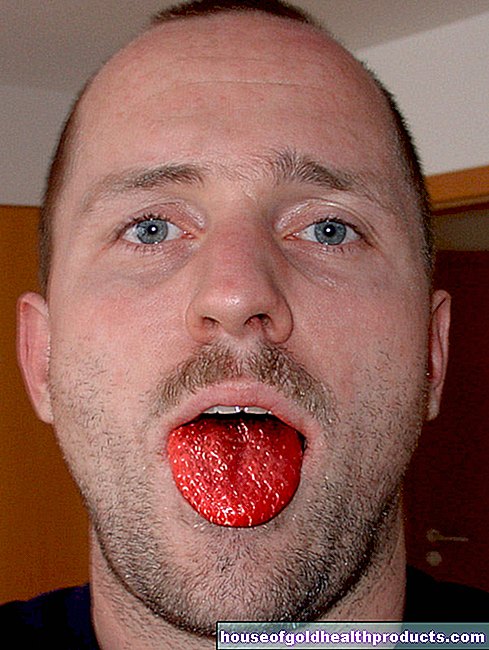


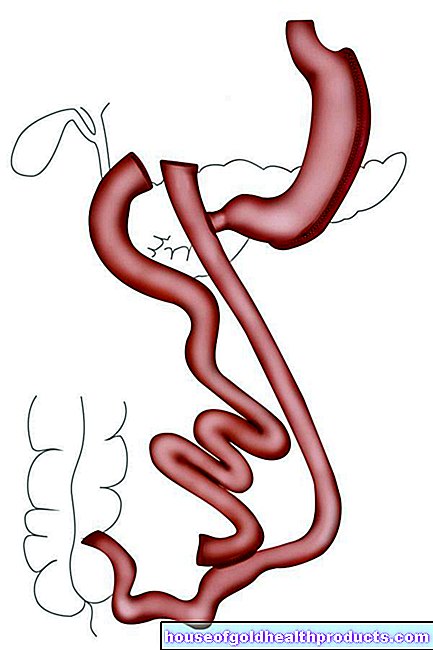

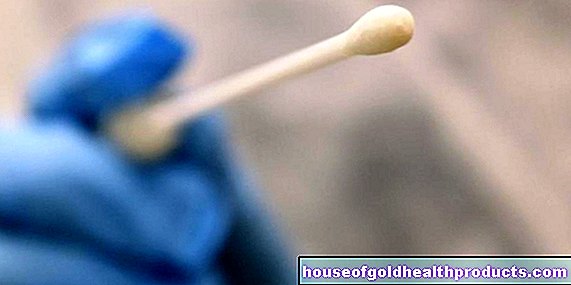



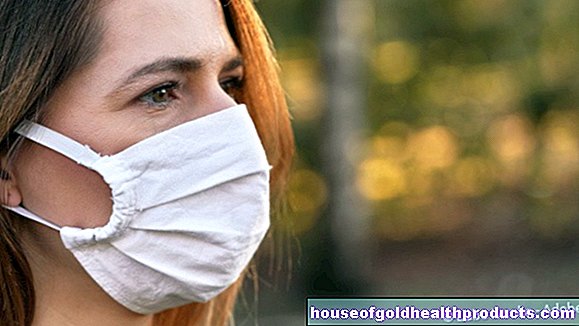




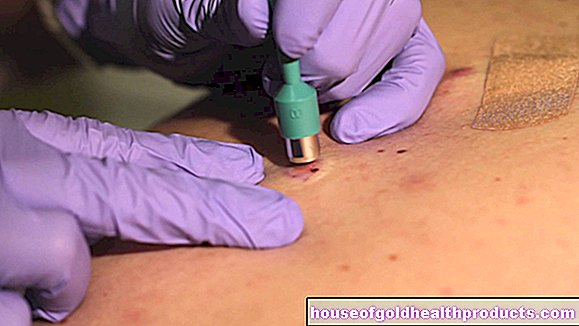
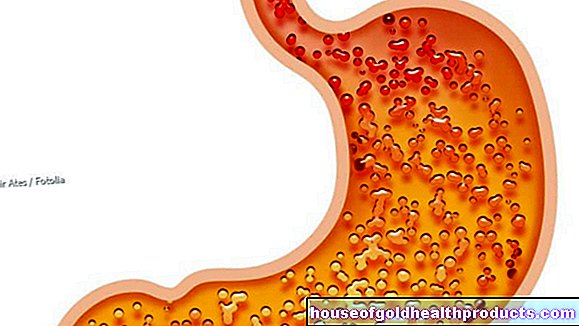
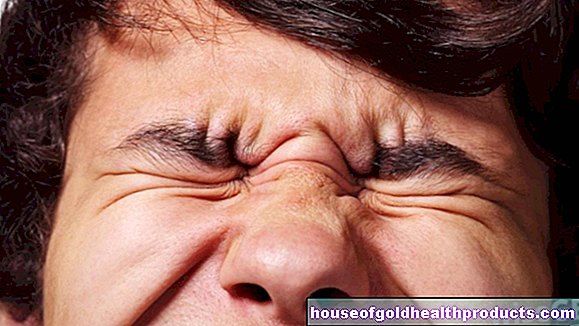

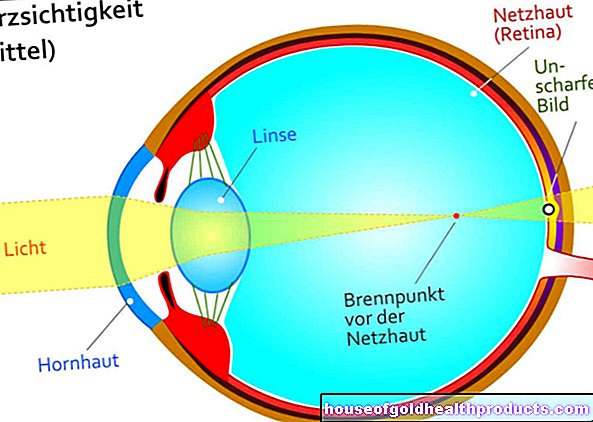

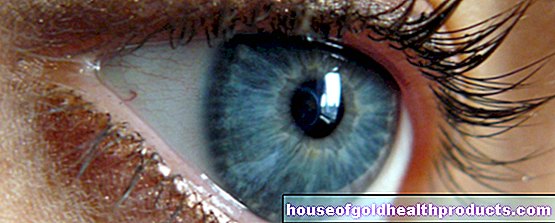


-kastanienmnnchen-und-perlenschweine.jpg)
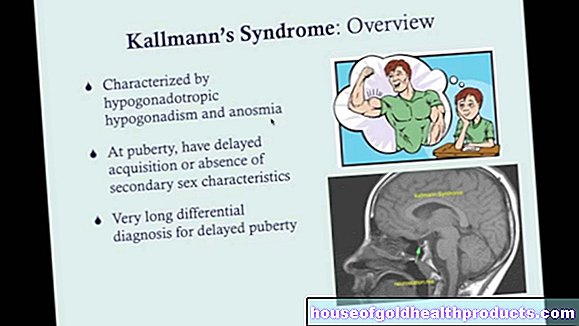
.jpg)


